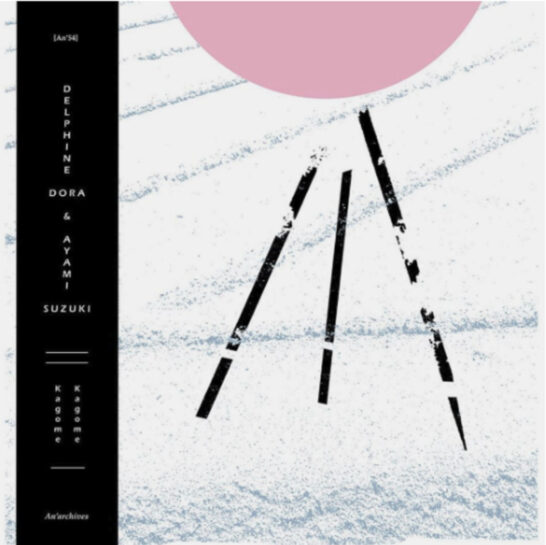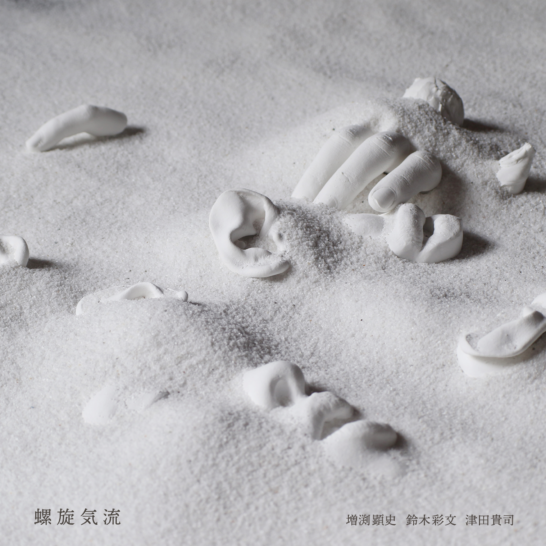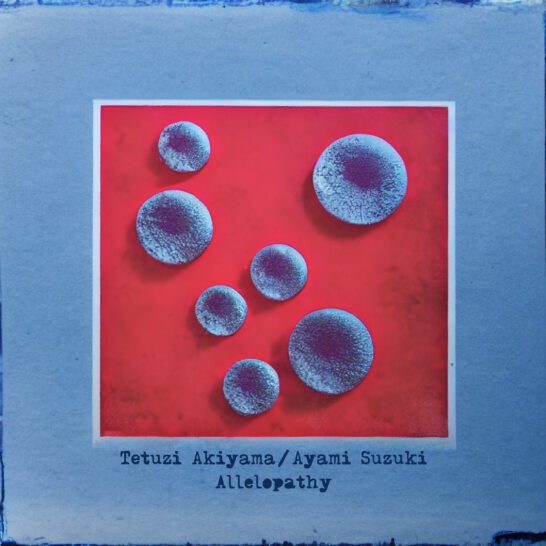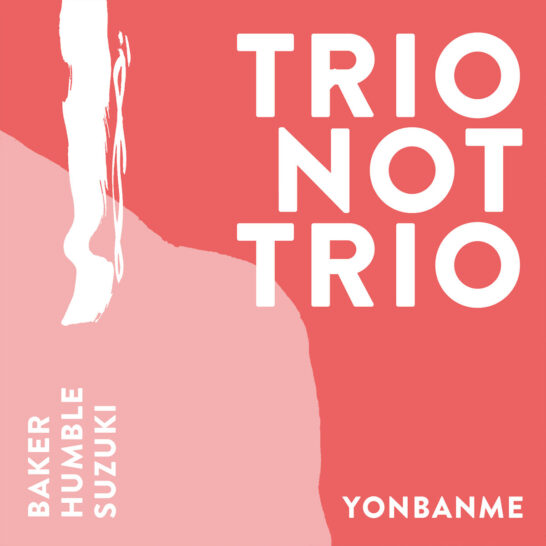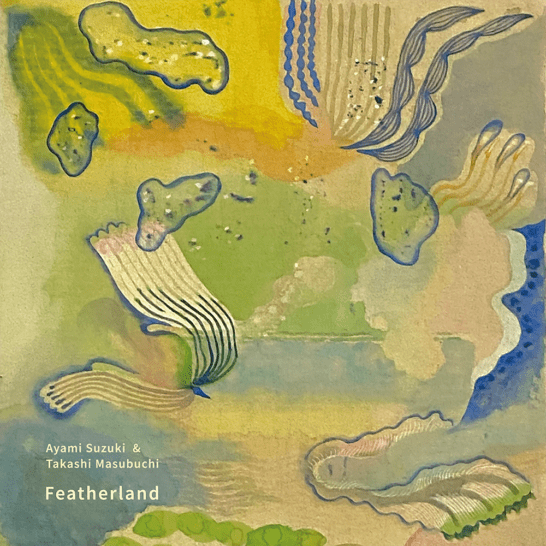On Kagome Kagome, Dora and Suzuki play to their many strengths: a gentle, free-willed folksiness; long, aerated drone constructs; ghostly, time-warping explorations for voice. They met on Dora’s May 2024 tour of Japan, though they’d been in touch beforehand, with Dora proposing the collaboration to Suzuki, developed around “concepts of ‘otherworldliness’ and ‘impermanence’,” the latter says, “and explored the relationship between ‘the invisible’ and sound in Japanese culture – a common interest we share.”
They recorded across several days that month, with the sessions for Kagome Kagome taking place in Kanuma, in Tochigi prefecture, at a space named Center. “I was particularly looking forward to seeing Delphine encounter the vintage 104-year-old harmonium from Nippon Gakki Seizo Co. that had just been repaired at Center,” Suzuki recalls. “It was as if the harmonium had been waiting for Delphine to draw sound from it. I felt it was a beautiful relationship where they could guide each other.”
Indeed, there’s something channelled about the music that Dora and Suzuki made together in the session that constitutes Kagome Kagome. Dora’s harmonium might be the spine of the album, but Suzuki’s free-floating voice, and gaseous, muddied banks of electronics, wrap around the wheezing, ancient tonality of the harmonium beautifully – they, too, sound as though they were just waiting to be willed out of the daytime air. Their voices nestle together beautifully – “when we sang together in a tunnel,” Suzuki says, “there were times when we sang the exact same melody without planning. It happened so naturally that the boundaries between us became blurred.”
And that title? It’s drawn from a Japanese children’s song, and the song titles themselves constitute the song’s lyrics, in alternating Japanese (Romanized) and French language. Urban legend connects the song “Kagome Kagome” to the Nikko Toshogu Shrine, nearby Center, that Suzuki and Dora visited while they were in Kanumi. “The mysterious lyrics of ‘Kagome Kagome’ and its puzzle-like connection to Nikko Toshogu were a perfect fit for this mysterious album,” Suzuki reflects, “which I think has its own kind of puzzle-like elements.”
A deep album of prayer and magic, of divination and ritual, Kagome Kagome’s sense of serious play, its rich beauty, feels somehow dislocated from our time. If you’ve ever enjoyed the music of Nico, Kendra Smith, Charalambides, or other channelers of ghostly mystery, its eerie otherness will, somehow, feel oddly familiar.
“Delphine Dora rencontre Ayami Suzuki lors d’une tournée au Japon en 2024, leurs univers musicaux devaient se rencontrer dans un mouvement centrifuge, glisser l’un sur l’autre, se fondre pour renaître autres, un. Deux voix qui s’accordent dans ce qui semble des psalmodies faites pour un monde qui s’efface, deux voix prises d’une profonde mélancolie face à ce qui disparaît. La musique est l’art de l’éphémère : elle annonce la perte, la disparition, notre impermanence, elle en fait l’élégie. On pourrait songer à ces chanteuses mystiques du Moyen-Âge, aux chœurs monacaux, la comparaison se renforçant de la présence d’un orgue, de ses accords tenus et de ses bourdons sombres. (…)”
Michel HENRITZI
www.revue-et-corrigee.net/2025/09/10/delphine-dora-ayami-suzuki/
credits
Ayami Suzuki : vocals, electronics
Delphine Dora : harmonium, vocals
Recorded by Delphine Dora and Ayami Suzuki at Center in Tochigi, Japan
Mixed by Delphine Dora
Mastered by Taku Unami
